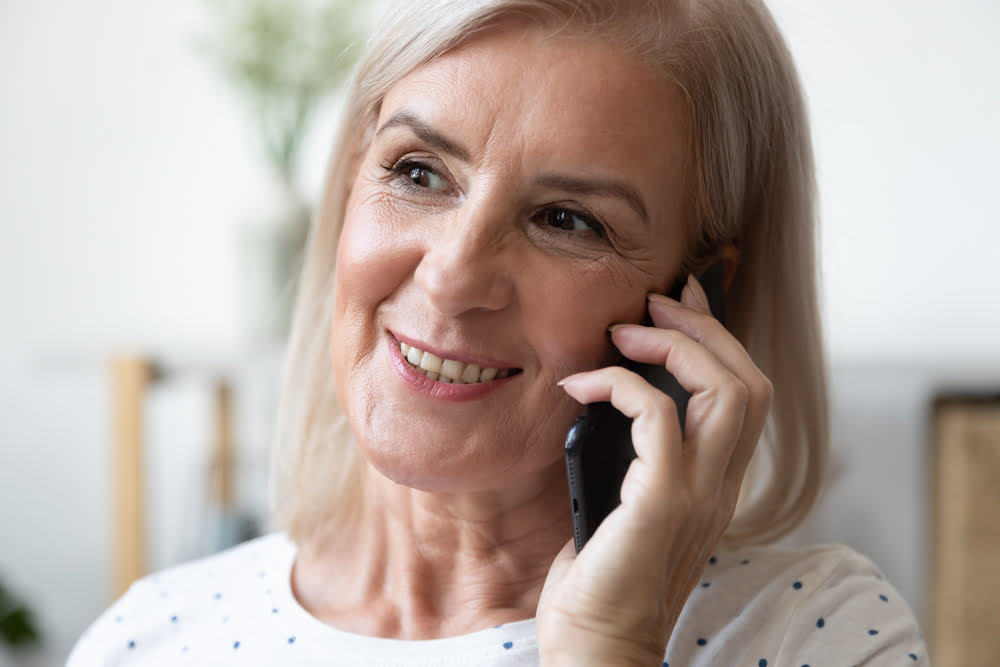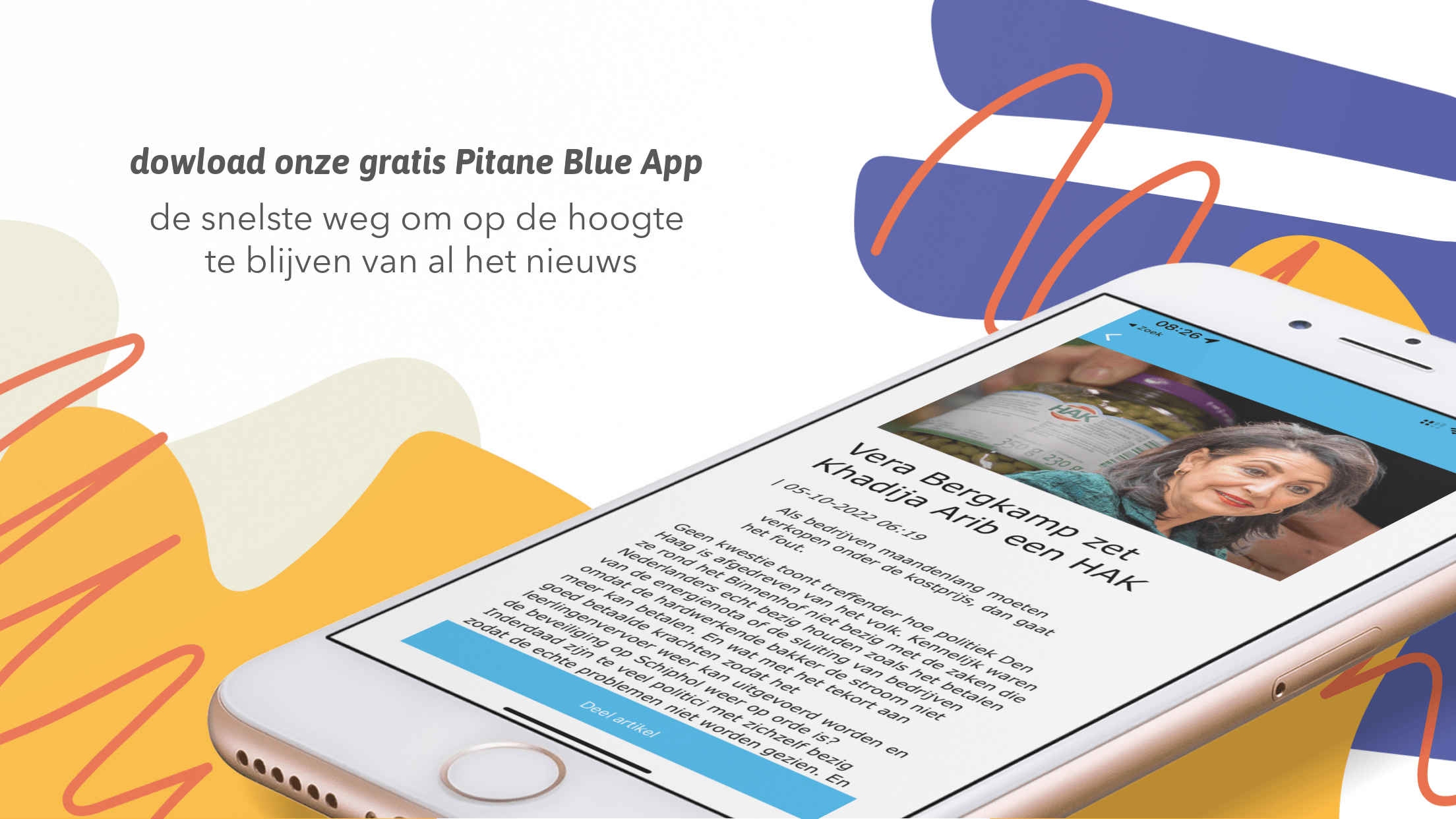The mobility of women is more multimodal and intermodal than that of men.
Women travel differently than men and are more likely to travel multimodal, which changes their mode of transport. It Gender bias is becoming a serious problem in transportation and needs to be addressed. Transporting people can be an expensive and time-consuming undertaking, often leading to differences in who is allowed to use the transport and how. It affects not only women, but every aspect of society, from the economy to sustainability.
Research provides many interesting insights and is the ideal place to start. This white paper, based on NYU-led workshops, for example, highlights seven areas that can help tackle the 'pink tax' in transportation and where innovation is desperately needed. These include better incident reporting, one-time payment family rates and multiple communication methods for people with visual or hearing impairments, shared micromobility designed for women, and travel planning apps that take personal safety into account.
Trip planning apps can do it multimodal and intermodal character of women's travel. Bringing all available mobility options together in one place makes it easier to plan, manage and pay for more complex travel chains from a mobile device. This may involve paying a single family rate (including discounts for both children and seniors) where available. In addition to speeding up ticket purchases, a single fare for all family members can also reduce costs for healthcare providers.

Current travel planning technology is already able to provide users with auditory and visual cues, which is especially useful for people with visual or hearing impairments. It can also provide peace of mind for caregivers with children or the elderly, knowing they will receive information about when to get out, where entrances or exits are and more. These features integrate with MaaS platforms so that more people can access them.
Much depends on carriers to expand their fleet with, for example, child seats, tandems and storage space for bags and to support off-peak hours and shorter journeys. It would also require vehicles to be conveniently located for better accessibility. Including these services in travel planning apps makes it easy to book and pay for them as part of a travel chain, reducing the frustration of travel.
Collaborations between all providers are vital for all mobility sectors – whether public transport, micro-mobility, urban planning or logistics. If we are aware of the daily challenges of travelers on a daily basis, it is natural to come up with efficient solutions for their needs.

When we develop platforms, we think about access rather than single solutions. Platforms make it possible to increase their reach with single solutions, possibly even outside the city. Other initiatives include transport applications targeting female passengers to increase safety and confidence.
Example is Shebah, an Australian company that offers ride-hailing services especially for female passengers and drivers. While we should always work to eliminate harassment from all modes of transport, services like these meet an essential need. Trip planning apps can provide personalized results to optimize for these options and help women (and other vulnerable people) plan a safer trip.



